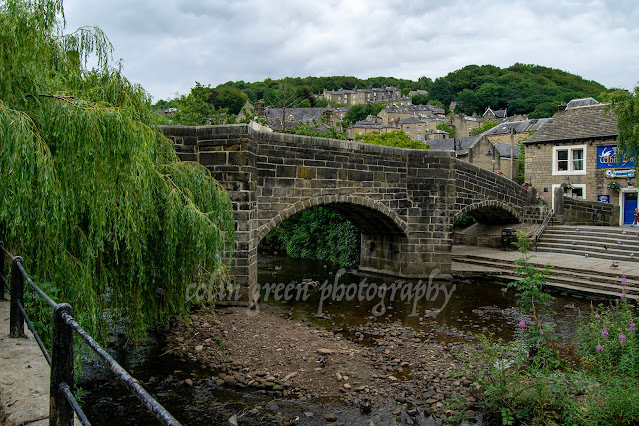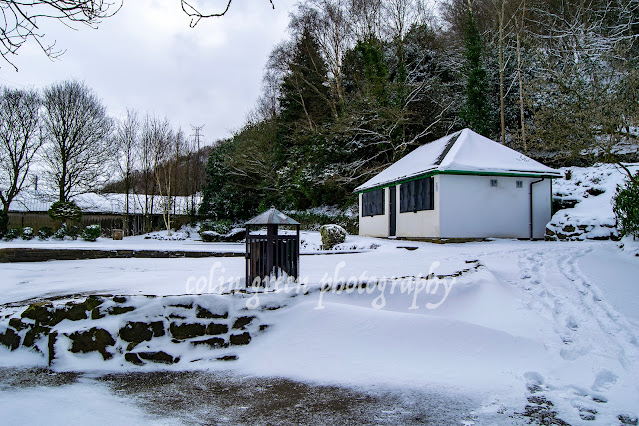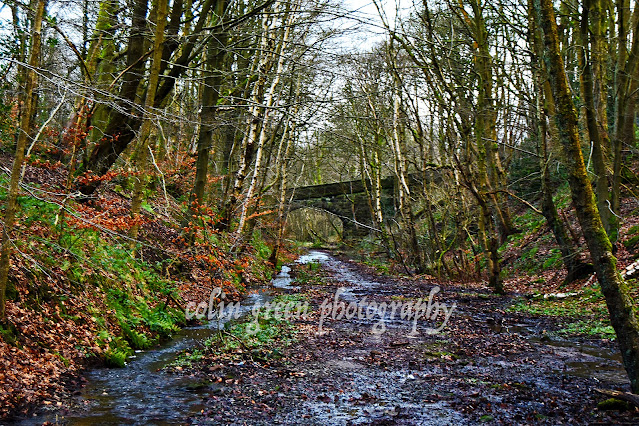Sometimes, the best adventures are the unplanned ones. Recently, I found myself with a few spare moments in the charming town of Hebden Bridge. Camera in hand, I decided to revisit a familiar and beloved landmark: the ancient packhorse bridge that gracefully spans Hebden Water, right in the heart of town.
This isn't my first encounter with this picturesque bridge. I've shared images of it before, captured with the nostalgic charm of a Polaroid is2132 Bridge Camera and the digital versatility of a Samsung Galaxy Tablet, But this time, I was armed with my trusty Nikon D3300, ready to capture the bridge in a different light.
But this bridge isn't just a pretty face; it's a piece of history. Thought to date back to the early 16th century, it stands as a testament to the resilience and spirit of the local community. Imagine! It nearly fell victim to progress when the new turnpike was built in the 1770s, but thanks to the determined residents of Heptonstall, it was spared.
Over the centuries, the bridge has undergone numerous renovations, adapting to the changing times while retaining its historical charm. One of its most distinctive features is the jutting parapets, designed to create passing places due to its narrow width. It's a clever and practical design, a reminder of the bridge's original purpose as a vital crossing point for packhorses carrying goods.
And, of course, the bridge is where the town gets its name: Hebden Bridge. A fitting name for a town that proudly embraces its heritage while looking towards the future.
These few minutes spent capturing the essence of Hebden Bridge served as a gentle reminder of the beauty that can be found in the everyday. It's a reminder to slow down, appreciate the history that surrounds us, and capture those fleeting moments that make a place truly special. Whether it's through the nostalgic lens of a Polaroid or the crisp detail of a DSLR, every image tells a story. And the story of Hebden Bridge, with its ancient packhorse bridge at its heart, is one worth telling.
I took these pictures in July 2018, clicking any of them should open a link in another window to my Colin Green Photography store on Zazzle.






















































